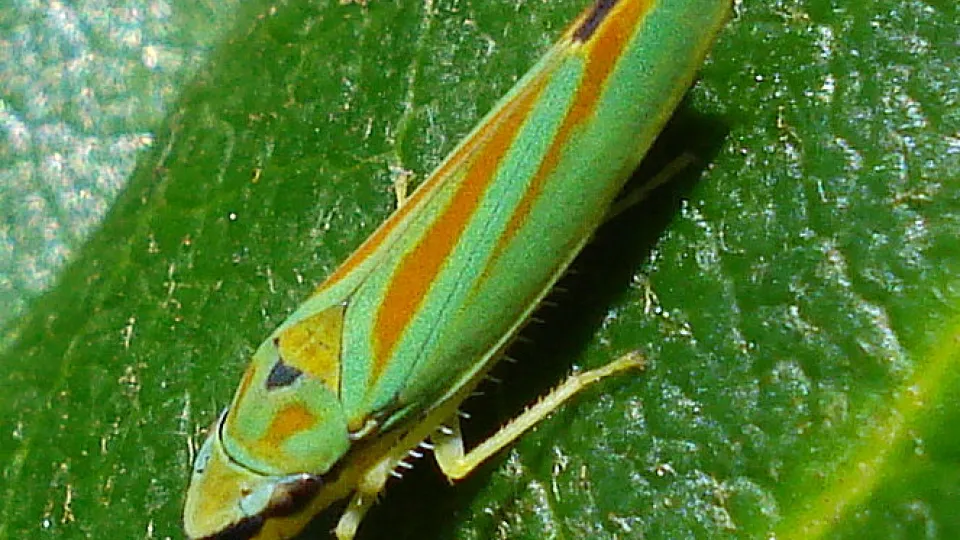
Rhododendron leafhopper
An introduced species, the Rhododendron leafhopper is a striking mix of green and red, with a black stripe across its face. It can be found feeding on Rhododendrons (also introduced) in Southern England.

An introduced species, the Rhododendron leafhopper is a striking mix of green and red, with a black stripe across its face. It can be found feeding on Rhododendrons (also introduced) in Southern England.

In spring and summer, look out for 'cuckoo-spit' - the frothy mass of bubbles that appears on plant stems everywhere. This is actually the protective covering for the nymphs of the tiny Common froghopper.
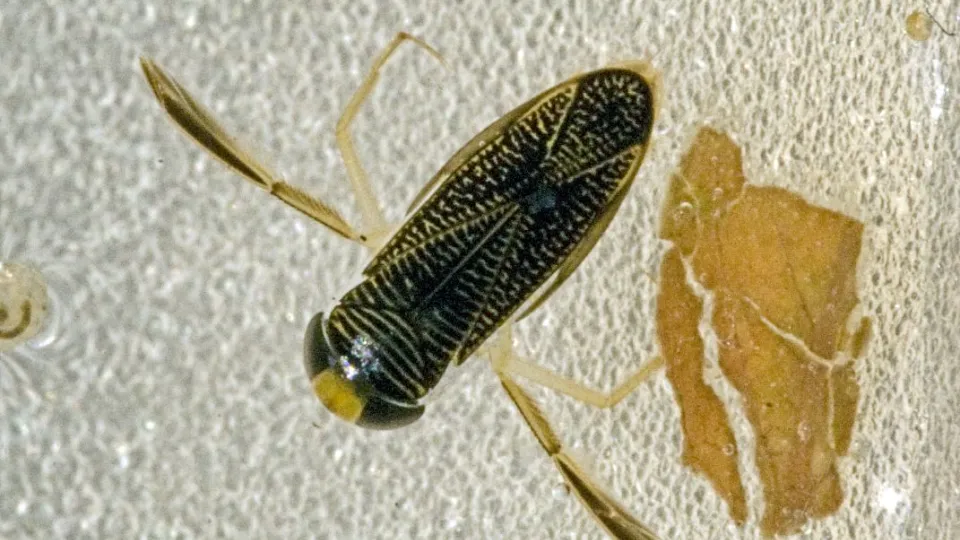
Similar to the Common backswimmer, the Lesser water boatman has oar-like legs to help it swim, but it does not swim upside-down. It is herbivorous and can be found at the surface of ponds, lakes and ditches.
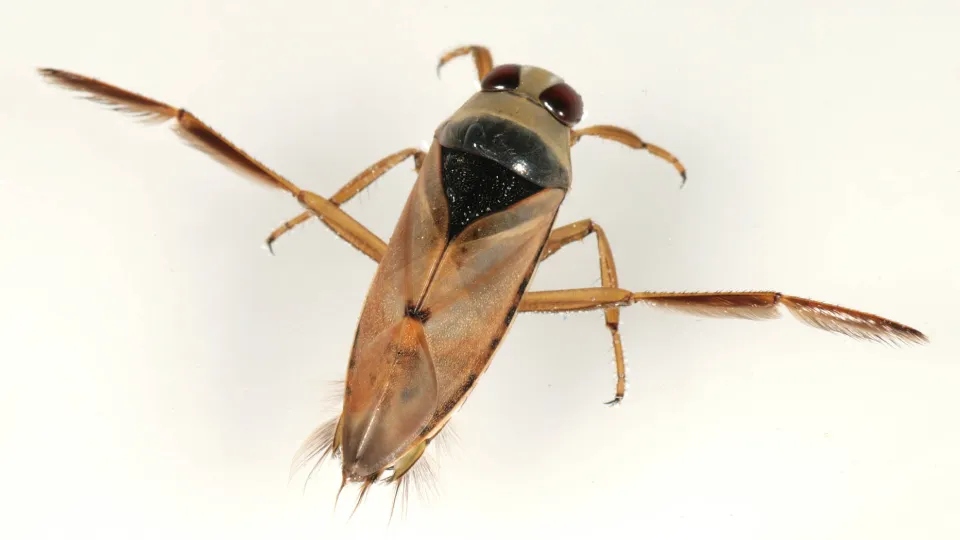
The fearsome common backswimmer hunts insects, tadpoles and fish. It uses its oar-like legs to swim upside-down under the water's surface where unsuspecting prey can be found.

An underwater predator, the Saucer bug uses its front pincer-like legs to catch its prey. It can be found at the bottom of muddy, weedy ponds; but handle with care - it can inflict a painful bite!
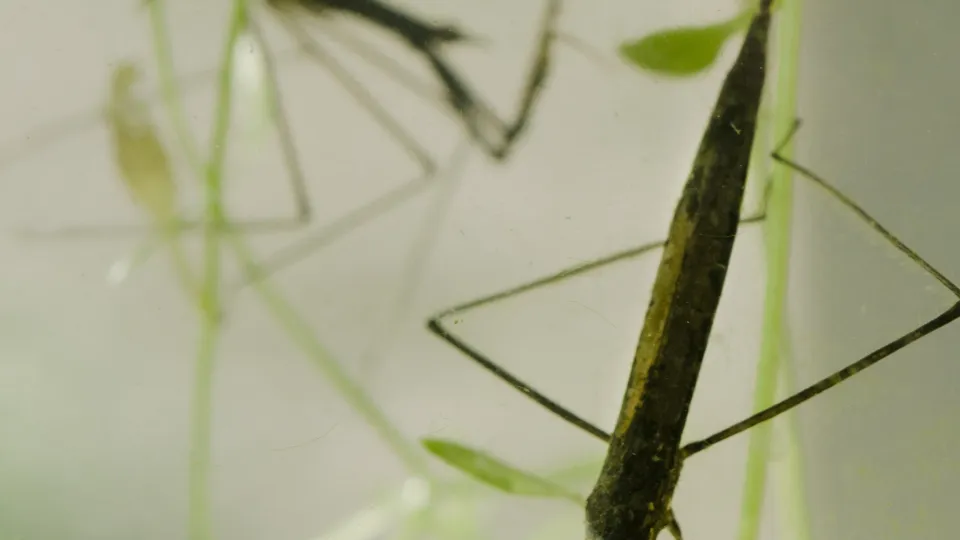
The water stick insect looks just like a mantis. An underwater predator, it uses its front legs to catch its prey. Its tail acts as a kind of 'snorkel', so it can breathe in the water. Look for it in ponds and lakes.

The water scorpion is not a true scorpion, but it certainly looks like one! An underwater predator, it uses its front pincer-like legs to catch its prey. Its tail actually acts as a kind of 'snorkel', rather than a sting, so it can breathe in the water.

The common pond skater can be seen 'skating' over the surface of ponds, lakes, ditches and slow-moving rivers. It is predatory, feeding on small insects by detecting vibrations in the water's surface.
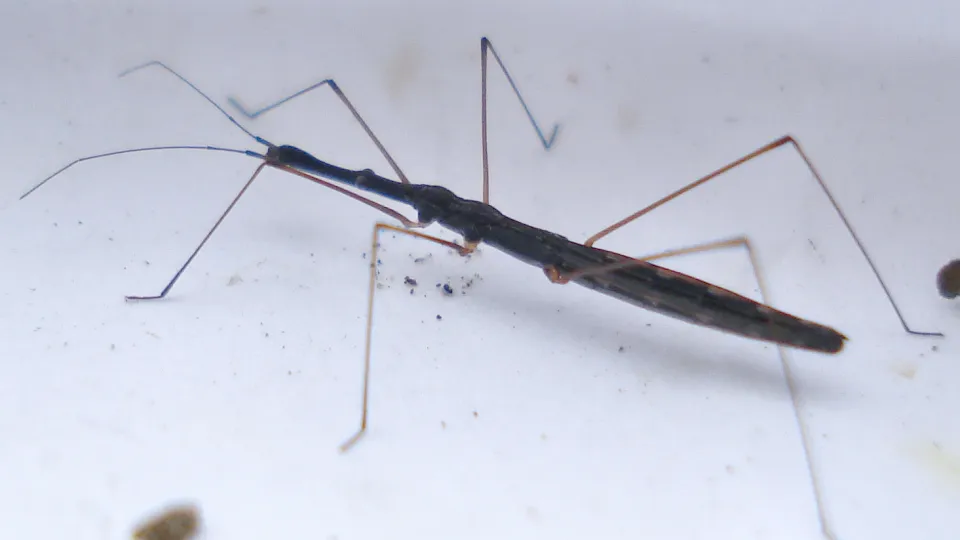
Found in ponds and marshes, the fragile look of the Common water-measurer belies its fierce nature. A predator of small insects, it uses the vibrations of the water's surface to locate its prey.
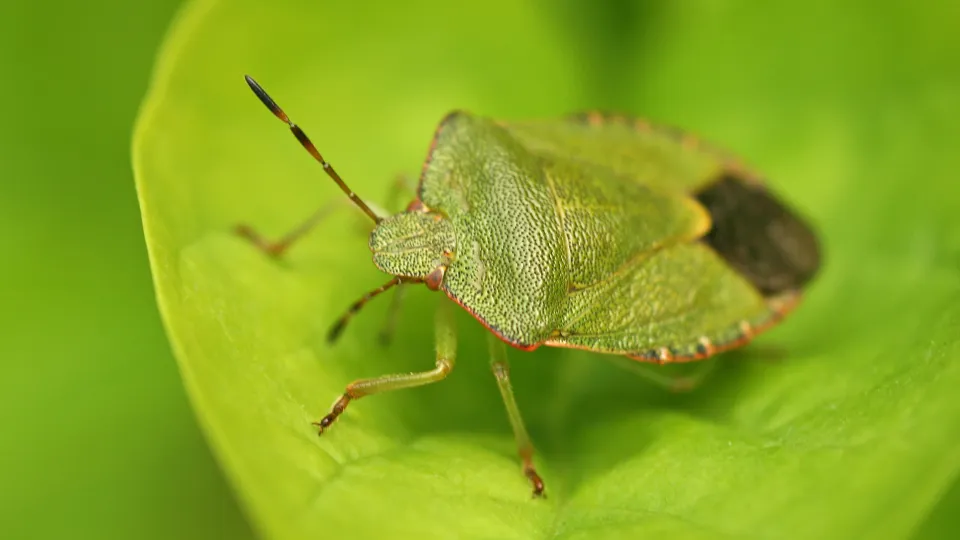
The common shieldbug was once restricted to Southern England, but has since been moving northwards and is now quite widespread. It can be found in all kinds of habitats from gardens to farms.